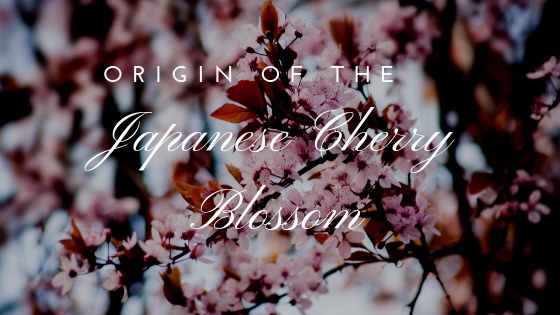
History of the Japanese Cherry Blossom Tree
The Japanese Cherry Blossom tree is also known as Sakura and is said to have originated in Japan. Their captivating beauty has given rise to festivals held in their honor, sometimes called 'Hanami.' But, these gatherings began in the tradition of wealthy people around the time of 1,000 A.D. and were not solely in honor of the tree. The aristocracy would sit beneath the trees and people would serve them as they enjoyed conversation and nourishment. So, while providing a beautiful space, the trees weren't the sole focus of the gatherings.
Though the first Hanamis were held in Japan, these festivals have traveled into America and other countries. You're likely to hear it called 'Japanese Cherry Blossom Festival' when mentioned in the United States. Taking after the traditional gatherings, people can admire the beauty of the trees at these events. Many times a multitude of recipes are served, and people can learn more about the culture.
These trees boast quite the reputation and are Japan's national flower. With over 200 varieties, the most common is the Somei Yoshino. And, not only are the Japanese Cherry Blossom trees beautiful to behold, they're used in a variety of creative endeavors, too! Their beauty offers their use in arts, fragrances, and food garnishes. The way that they grow, bloom, and die has been used as a metaphor for philosophy about life by some. The vulnerability inherent in the delicacy of the petals has been linked to the beauty and delicacy of samurais. As noted in Marky Star's article on gengo blog:
"A proverb soon arose 花は桜木、人は武士, hana wa Sakuragi, Hito wa bushi (as for flowers, there are Sakura – as for men, there are samurai). On the surface, this simply means the greatest of flowers are cherry blossoms and the greatest of humans are samurai. However, the life of a samurai was also compared to that of a cherry blossom. He might be beautiful, but his life could be cut short suddenly like the delicate flowers in strong wind. The link between samurai and Sakura persists to this day, and often comes up in historical movies and TV dramas."
People also use these flowers in cooking. Their ingredient can be found in some teas, salts, and vinegars that are specially produced with them. Be careful, though. These flowers contain a chemical called coumarin which has been found to be toxic in large doses.
To close our article with a tidbit of celebration, we decided to share a fun recipe with you! May it bringing sweetness your way. We tweaked the recipe, gaining most of the inspiration from Manu's Menu-a blog devoted to helping people create authentic Italian foods in their homes. You can find her exact recipe, here.
Hanami Recipe: Panna Cotta
As mentioned by Manu (find out more about her story by clicking here), this delectable dessert will remind your taste buds of spring!
You will need:
Heavy cream - 10 ounces
Milk - 3 1/2 ounces
Sugar - 2.7 ounces
Gelatine powder - 2 teaspoons
Sakura essence - 2 teaspoons
Pink food coloring
Instructions:
Soak the sheets of gelatine in cool water for about ten minutes. Melt the cream, sugar, & milk in a pot until the sugar has dissolved, next adding the Sakura and optional pink food coloring. Then, squeeze water out of the gelatine and add it to the mixture, stirring until it's dissolved. Pour the mix into serving glasses and chill for at least four hours. Rinse the Sakura flowers gently and then soak them for thirty minutes or so. Then, remove the petals and very gently dry and cover them until the panna cotta is ready to serve. Place the leaves as a garnish at the time of serving. Last, we want to add this tip for enjoyment: be like the Sakura and enjoy this gently and with beauty on your mind!
We'd Just Like to Say
Thank you, Manuela, for the recipe! We don't know you but are grateful to come upon your resource and wish you success! If you found yourself as enthralled by these Japanese Cherry Blossom facts as we did, feel free to share with us. We'd love to see your recipe pictures or hear about your own ideas! And, call Cartwright Tree Care anytime you need!

